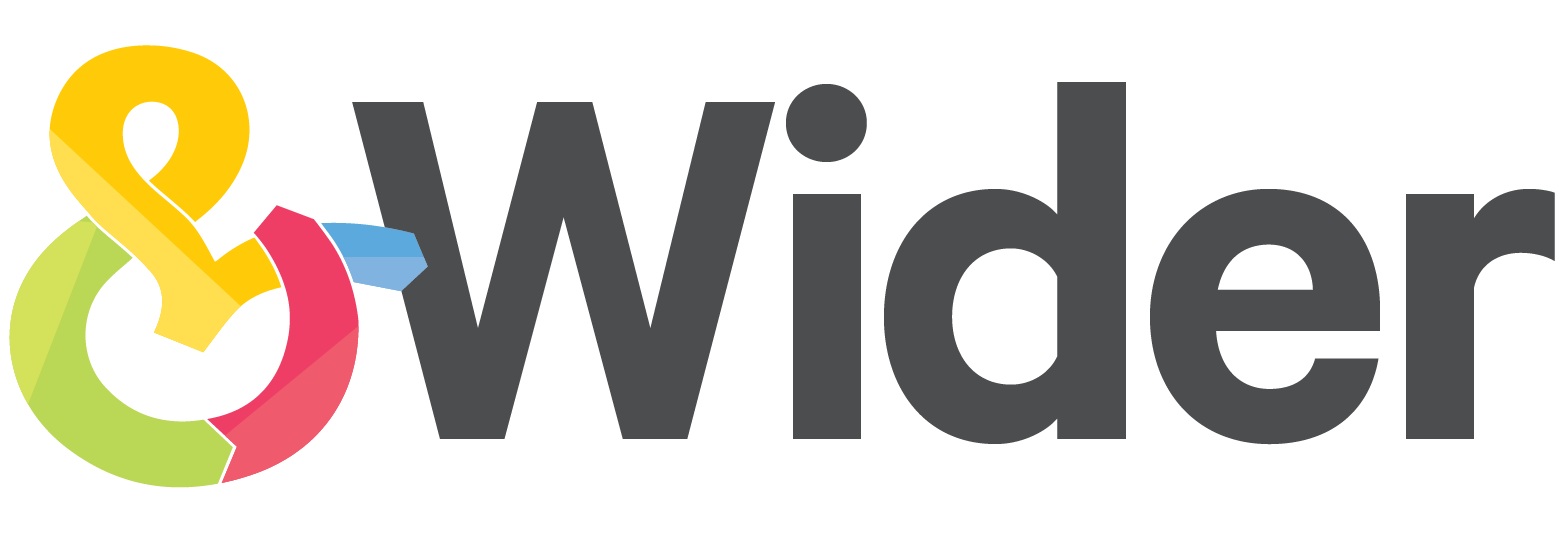Shaping the Future of Due Diligence: Key Takeaways from the 2025 OECD Forum on Due Diligence in the Garment and Footwear Sector
Paris in February. A gathering of policymakers, brands, manufacturers, and worker representatives. The conversations are intense, sometimes hopeful, sometimes frustrating—but always crucial. This blog highlights key conversations and insights from the panels we attended at the 2025 OECD Forum on Due Diligence in the Garment and Footwear Sector, focusing on the most pressing discussions shaping the future of due diligence in the sector.
If you want to understand human rights in supply chains, you need to follow the money. And at this year’s forum, the conversation was primarily about purchasing practices—those quiet, behind-the-scenes decisions that shape the lives of millions of workers.
The Power of a Purchase Order
The first panel we attended dug straight into the heart of the issue: brands want to improve their due diligence efforts, but their purchasing practices often tell another story.
Fazlee Shamim Ehsan, Executive President of the Bangladesh Knitwear Manufacturers & Exporters Association (BKMEA), was clear: unpredictable pricing and erratic contracts make it nearly impossible for suppliers to provide stable wages or benefits to workers. How do you promise a living wage when you don’t know if next month’s order will even cover costs?
Lisa Süss from FairWear Foundation pointed to the responsible purchasing framework—cited in the EU’s Corporate Sustainability Due Diligence Directive (CSDDD)—as a blueprint for better practice. But she also noted the gap between policy and reality: human rights due diligence and purchasing practices often exist in separate silos.
Then, Lotta Amsén from Sandqvist, whose business model—built on stable core collections—allows for long-term supplier relationships and predictable costs. This is a practical, sustainable approach, but one that might not easily transfer to more price-sensitive markets. Can affordable brands bring customers along for the ride, making better purchasing practices part of their value proposition?
From Monitoring to Accountability
For years, we’ve relied on audits to track whether human rights frameworks are being followed. But monitoring alone isn’t enough. Bea Ruoff from ACT shared Cambodia’s experience: without binding agreements that hold sourcing companies accountable, change remains slow.
Some brands, like Sandqvist, have taken a proactive step by ring-fencing labour costs—ensuring wages are protected from pricing negotiations. But even here, a lingering question remains: how do we guarantee those funds reach workers? Worker voice mechanisms—direct input from employees in the supply chain—are essential to closing this gap.
When Regulation Levels the Playing Field
The EU is stepping in. Hilary Marsh from Transform Trade highlighted new EU regulations targeting exploitative purchasing practices—late payments, below-cost selling, and harmful contracting tactics. In the UK, similar measures in the supermarket sector have demonstrated that regulation works.
Lotta from Sandqvist made an important point: without regulation, the frontrunners—the brands investing in better purchasing practices—bear an unfair cost. A level playing field means responsible brands aren’t punished for doing the right thing.
But here’s the challenge: when purchasing practices tighten in one sector or country, buyers often move elsewhere. Who is accountable then? How do we prevent companies from simply chasing the cheapest, least-regulated option?
The Risk of "Cut and Run"
A side panel on responsible disengagement added another layer. Disengagement—a company’s decision to exit a supply chain relationship—is a last resort in human rights due diligence. But if done poorly, it can be catastrophic for workers.
Miran Ali from the Bangladesh Garment Manufacturers and Exporters Association (BGMEA) used a stark analogy: irresponsible disengagement is like a scene from The Godfather—sudden, brutal, leaving devastation in its wake.
The discussion made one thing clear: brands cannot (and should not) disengage alone. They need to collaborate—with unions, multistakeholder initiatives, regulators, and local actors—to ensure workers aren’t left stranded.
From Words to Action
One of the most eye-opening moments came from Talya Swissa from the World Benchmarking Alliance: more than 80% of companies aren’t tracking the impact of their actions on human rights risks. It’s one thing to set a policy, quite another to measure whether it’s making a difference.
Iqra Asghar from Sapphire Textile Mills underscored the importance of supplier engagement—not just as a compliance exercise, but as a source of invaluable insight. Suppliers know what’s happening on the ground. Workers know what’s failing. If brands listen, they can act more effectively.
The Path Forward
So where does this leave us?
Purchasing practices must align with due diligence efforts. They can’t live in separate worlds. The cost of a t-shirt should reflect the cost of ethical production.
Regulation matters. Without enforcement, responsible brands bear the cost alone. The CSDDD and other EU initiatives are crucial steps in creating a fairer market.
Worker voice engagement is non-negotiable. Without direct input from workers, we’re just guessing at what’s working and what’s not.
Disengagement needs to be responsible. Cutting ties must be a last resort, with careful planning and safeguards for workers.
The 2025 OECD Forum reinforced what we already know: human rights due diligence isn’t just about policy. It’s about the choices brands make every day—the contracts they sign, the prices they negotiate, and the commitments they honour.
This is the hidden lever in supply chain sustainability. Pull it in the right direction, and we might just see real change.


